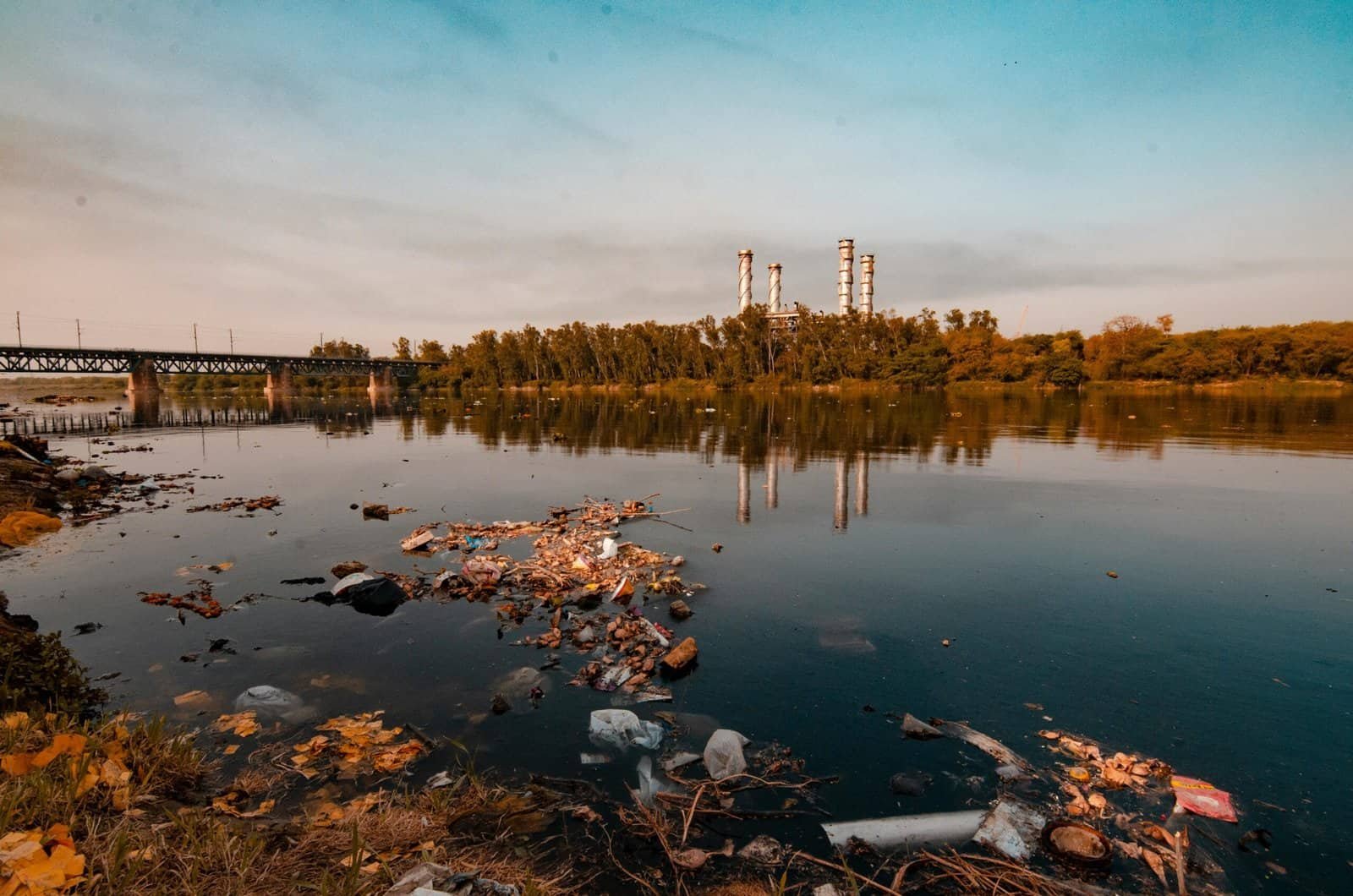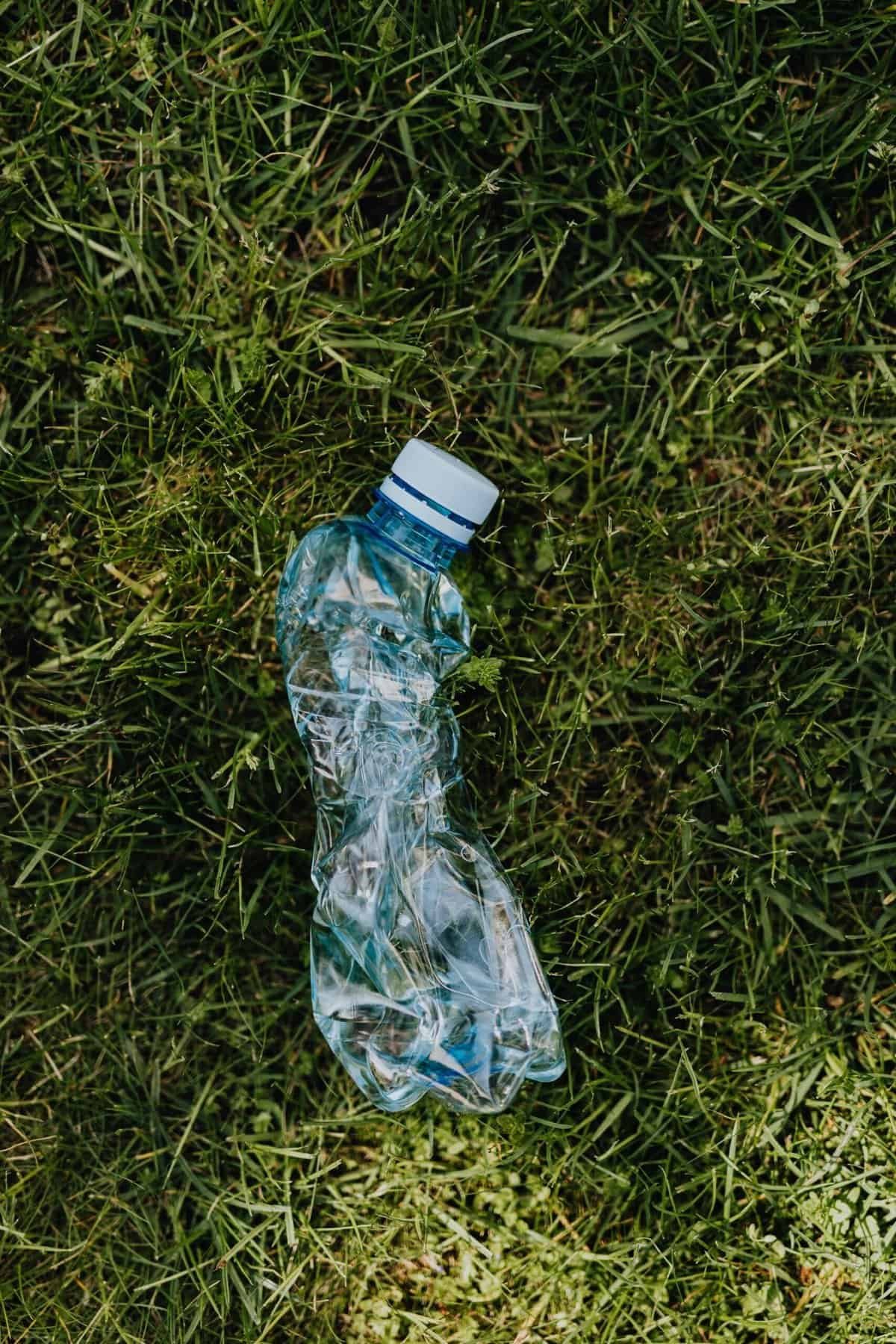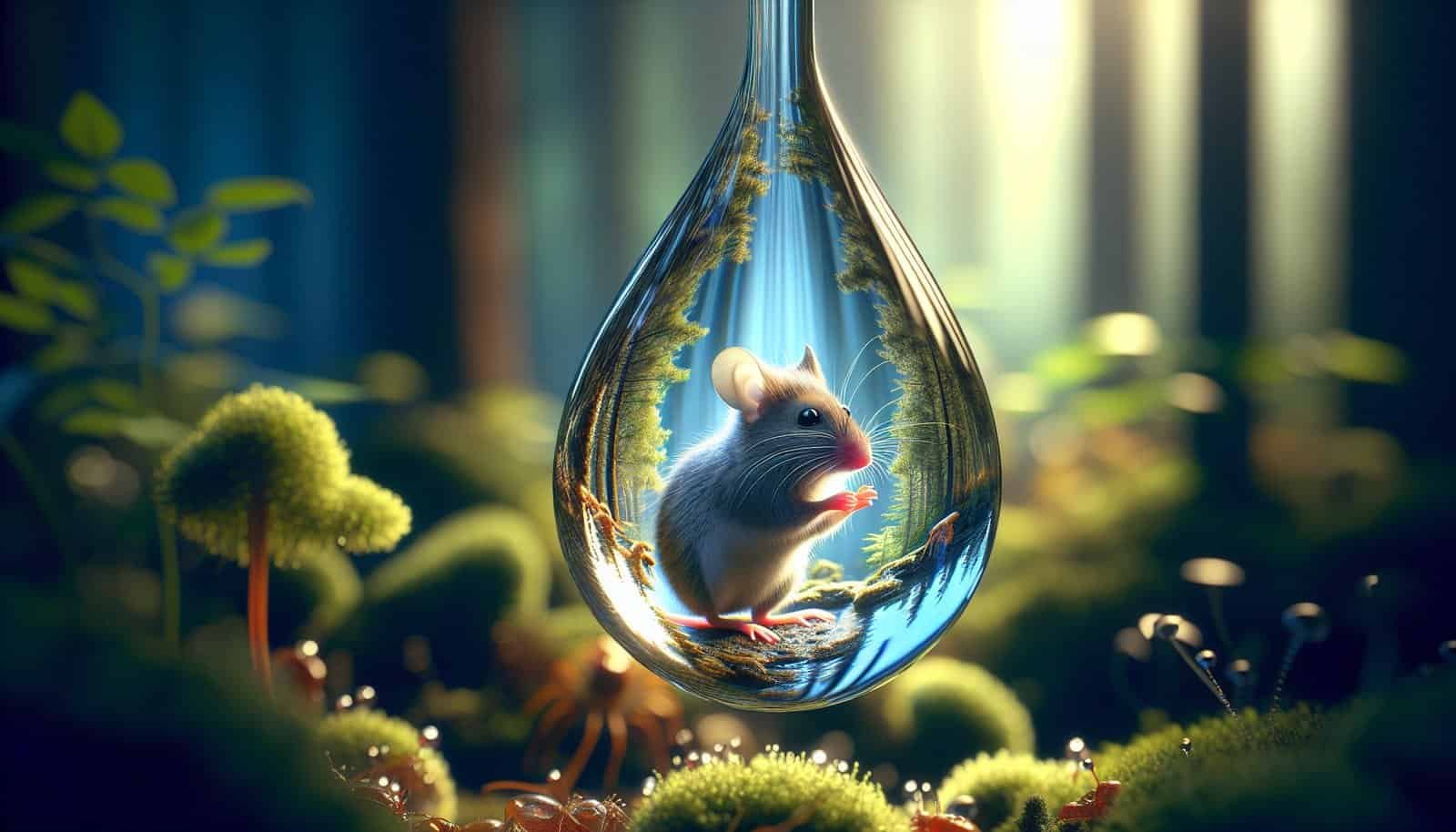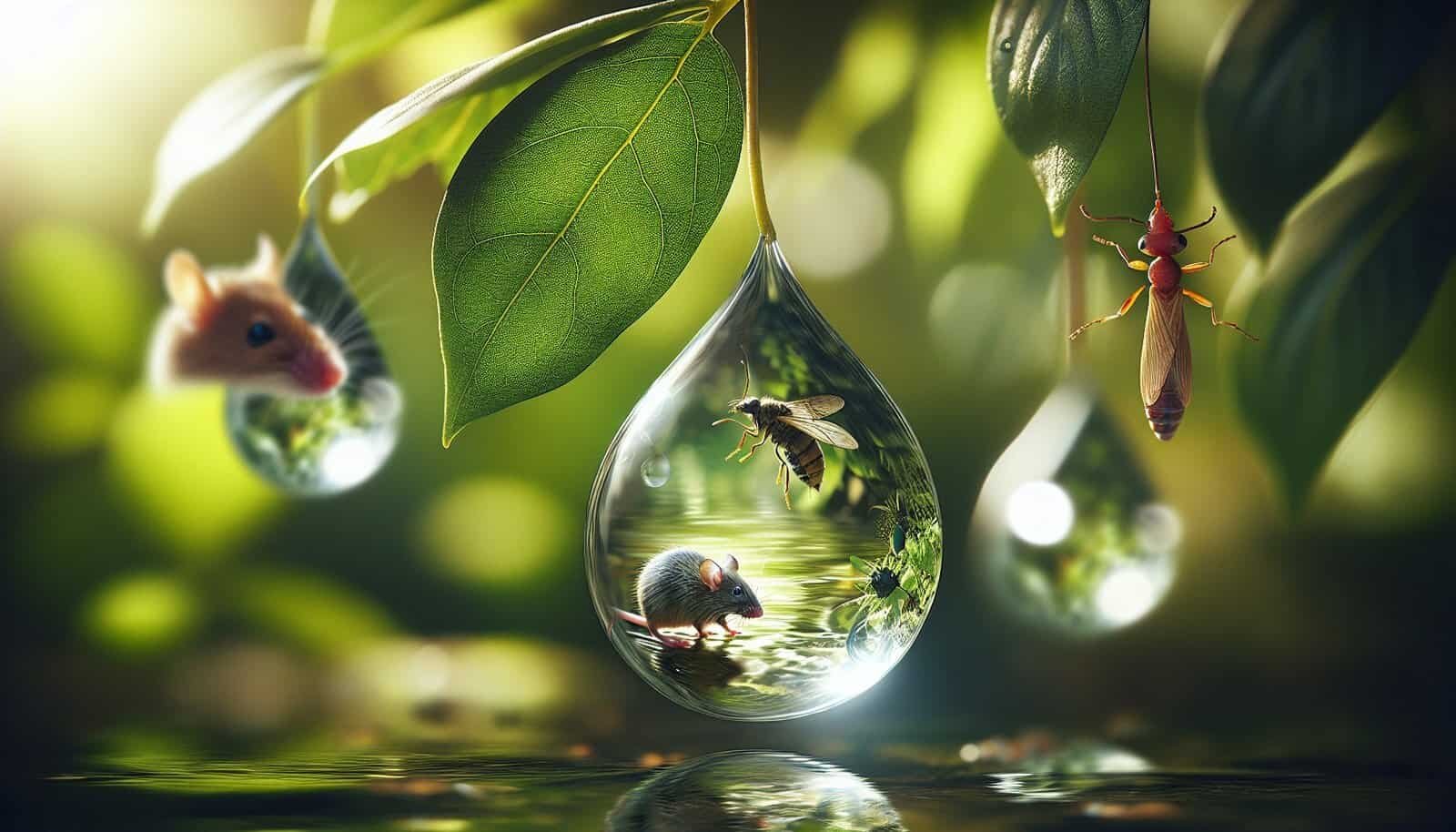Can you imagine the repercussions of rodents and insects on our precious water supply? The idea might seem distant but understanding the intricate relationship between these creatures and water quality is critical. As protectors of our health and environment, it’s essential for you to comprehend the potential impacts these tiny invaders can have and how these can translate into significant concerns.
Understanding Water Quality
Before delving into the specific impacts, it’s important to grasp what is meant by “water quality.” It refers to the chemical, physical, and biological characteristics of water, usually concerning its appropriateness for a particular purpose like drinking, swimming, or farming. Your understanding of water quality helps in determining how external factors, including rodents and insects, may impair its condition.
Key Parameters of Water Quality
Several parameters measure water quality. Here’s a brief overview to familiarize yourself:
- Physical Parameters: Includes temperature, turbidity, and color of the water.
- Chemical Parameters: Involves pH levels, dissolved oxygen, nitrates, and phosphates.
- Biological Parameters: Considers bacteria, viruses, and microorganisms present in the water.
Each aspect plays a role in ensuring water is safe for consumption and use. Compromised water quality can lead to health issues, illustrating why understanding potential threats is paramount.

Rodents and Their Influence on Water Quality
Rodents, predominantly rats and mice, are more than just unwelcome visitors in your home. Their interaction with water sources can lead to contamination, significantly affecting water quality.
How Rodents Contaminate Water
Rodents are naturally drawn to water for survival, but this leaves behind potential contaminants like urine, feces, and fur. These by-products can introduce harmful bacteria such as Leptospira—the bacterial genus responsible for leptospirosis, a disease that poses severe health risks to humans.
- Contribution to Pollution: Rodent droppings and urine are packed with bacteria and viruses. As they creep through sewers, ponds, or any water bodies, they become vectors for disease, contaminating these water sources.
- Water System Infestation: Rodents are skilled at infiltrating infrastructure, including water systems. Their nesting and burrowing can lead to blockages and damage, potentially leading to compromised water lines and contamination.
Health Implications for Humans
The bacteria and viruses carried by rodents can translate into significant health dangers if the contaminated water is consumed or comes into contact with humans. Diseases such as leptospirosis, hantavirus, and salmonellosis originate from rodent infestations.
Let’s look at the potential health impacts:
| Disease | Symptoms | Transmission Source |
|---|---|---|
| Leptospirosis | Fever, muscle pain, headache | Contact with contaminated water or soil |
| Hantavirus | Fatigue, fever, muscle aches | After contact with rodent droppings/urine |
| Salmonellosis | Diarrhea, fever, abdominal cramps | Consumption of water contaminated with rodent waste |

Insects and Their Potential Impact on Water Quality
Insects, although small and often overlooked, are another significant aspect to consider when evaluating potential threats to water quality.
Insect Contamination Pathways
Insects like mosquitoes, flies, and beetles are naturally attracted to water. Their presence can influence water quality in various ways:
- Reproduction: Many insects breed in water, and their larvae can threaten water purity by introducing organic material and fostering bacteria growth.
- Disease Transmission: Insects can act as vectors, transferring pathogens to water bodies. For instance, mosquitoes can introduce viruses like West Nile into the ecosystem.
Challenges Posed to Water Systems
Insects can also physically interfere with water distribution systems. For example, their infestation in water facilities can result in biofilm formation—slimy communities of bacteria adhered to surfaces, resilient against sanitation efforts.
Consequences for Human Health
Insect-related contamination is often an unseen risk because the physical signs are less evident than those from rodents. Yet, diseases transmitted through insects and water can have serious impacts.
| Insect | Potential Disease | Symptoms |
|---|---|---|
| Mosquito | West Nile Virus, Malaria | Fever, headache, nausea, skin rash |
| Fly | Typhoid Fever, Cholera | Diarrhea, abdominal pain, fever |
| Beetle/Water Bug | Can spread bacteria/parasites | Varied based on specific bacteria/parasites |

Controlling Rodent and Insect Threats
Given the potential risks, controlling rodent and insect populations is crucial in maintaining water quality and protecting health.
Prevention Measures
To minimize the risk of water contamination, consider these preventive strategies:
- Regular Inspection: Routinely inspect water sources and infrastructures for signs of rodent and insect infestations.
- Proper Sealing: Seal off entry points in homes and water facilities to keep rodents out.
- Sanitation and Cleanliness: Maintain cleanliness in and around water sources. Remove debris to discourage nesting and breeding.
- Use of Traps and Barriers: Employ traps and barriers strategically to deter rodent and insect invasion.
Biological and Chemical Control
There are also biological and chemical methods available to combat these pests:
- Biopesticides are derived from natural materials and can help manage insect and rodent populations without harming the environment.
- Chemical Pesticides are effective but should be used with caution to avoid adverse environmental impacts.

The Bigger Picture: Water Management and Safety
Understanding the link between rodents, insects, and water quality emphasizes the importance of comprehensive water management. Ensuring that water remains uncontaminated involves coordinated efforts in monitoring, controlling, and mitigating these risks.
Role of Government and Organizations
Governments and environmental organizations play a significant role in this process by setting standards for water quality, conducting research, and educating the public. They deploy resources to monitor water bodies and address contamination issues promptly.
Technological Advances
Leveraging technology can greatly improve our ability to secure water quality:
- Water Filtration Systems: Modern systems can remove microorganisms and pollutants efficiently.
- Surveillance Technology: Drones and smart sensors can help detect early signs of infestation or contamination.
By understanding these technologies and supporting their adoption, you contribute to safer water supplies for everyone.

Conclusion
Water quality is a shared responsibility and knowing how creatures like rodents and insects can compromise it is vital for your health and community well-being. From appreciating the contaminants they can introduce, to the potential diseases that might arise, your awareness and proactive measures can help prevent issues before they become significant.
Overall, the task of protecting water quality is ongoing. By staying informed and taking preventative action, you can help ensure that the water remains safe for all its intended uses. So, as you consider the potential impact of rodents and insects, remember that your involvement is key to safeguarding our precious water resources.
